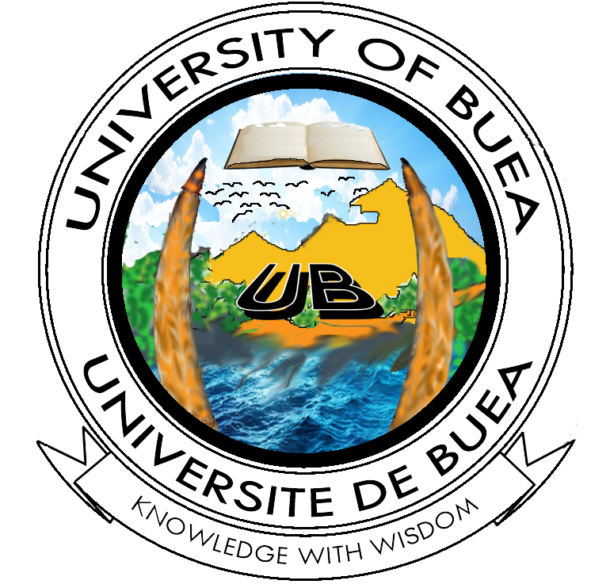| CLT303: Urine and Body Fluid Analysis | credits (30-10-20) |
Objectives
The aim of this course is to provide basic knowledge on the composition of urine and other body fluids, their deviations from normal that can occur with these fluids and how they can be analyzed macroscopically and microscopically in the laboratory to assist in diagnosis as a means of confirming or evaluating an abnormal physiochemical finding which is clinically useful.
Contents
A. URINE (microscopy and urinalysis)
• Formation of urine, Collection and processing of specimen (method, preservation of urine for suspected disease conditions, timing, handling and transportation), Quality assurance/instrumentation in urinalysis (Equipment/systems, request forms, standard quality control procedures)
• Macroscopic examination of urine: Physical characteristics; Colour/odour (pathogenic and non pathogenic substances that colour urine), Appearance, Specific gravity (urinometer, refractometer and reagent strips)
• Chemical examination, Glycosuria/Reducing substances (glucose oxidase test, clinitest tablets, benedicts qualitative test), Proteinuria (reagent test strips method, sulfosalicylic acid screening test, heat and acetic acid test) Bence-Jones proteins (heat precipitation, toluene sulfuric acid test), Urinary Ph, Occult blood/hematuria/hemoglobinuria/myoglobinuria (Reagent strips, Hematest, Ammonium sulphate test),Ketones (Reagent strips, Harts test), Bilirubin (reagent strips, ICTOTEST, Foam test, Smith Iodine test, Harrison spot test), Urobilinogen (reagent strips, Ehrlich’S qualitative test), Nitrite (N-Multistix, Chemistrip 8) Leucocyturia, Ascorbic acid
• Microscopic urinalysis: Normal urinary sediment; Preparation of sediment and use of microscope (methodology and examination), Blood cells (erythrocytes, Leukocytes), Epithelial cells (renal tubular, transitional and squamous) , Crystals and significance (Acid urine, Alkaline urine), Spermatozoa, Mucus threads in urine.Urinary cast (Hyaline,WBC, RBC, and others), Microorganisms (bacteria, Yeast), Cylindroids, Fats and oil droplets, Contaminants and artifacts) and their significance in urine, Abnormal urinary sediment; Blood cells, Epithelial cells, Abnormal crystal, Artifacts in urine, Abnormal casts, Parasites in urine (Trichomonasvaginalis, Enterobiusvermicularis, Schistosomahaematobium)
• Preparation and examination of wet mounts of urine, Preparation and examination of gram-stained smear of urine, Testing urine for HCG, Urine culture media, Technique for culture, Estimating, reporting and interpreting bacterial number/count in urine
• Metabolic Diseases diagnosed by urinalysis: Marple Syrup Urine Disease (Description, Signs and Symptoms, Diagnosis, Treatment)
B. BODY FLUID ANALYSIS
• Types and origin of body fluids and effusions; causes of effusions and possible pathogen in effusions
•Body fluid compartments, composition of body fluids, factors affecting water/solute movements between vessels and tissues, concentration of body fluids
• Examination of effusions; appearance of specimens, examination of fluids for cells, estimation of protein in the fluid preparation and examination of gram smear of effusions, preparation and examination of Zhiel Nelson stained smear of effusions. Wet mount preparation in suspected gout specimens for crystals, cytology smears for suspected malignancy samples,
• Analysis of CSF; Analysis of Synovial fluid Analysis of Joint Fluids Amniotic fluid, Analysis of Ascitic/Peritoneal Fluid, seminal fluid


